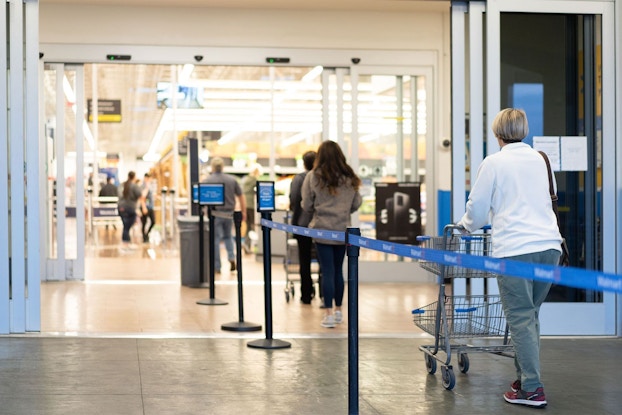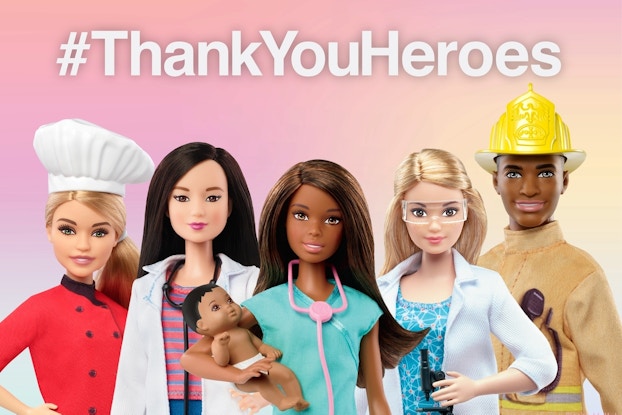
Global toy brand Mattelfound itself at the end of March with 30% of the retail outlets where it sold its products — representing one-third of its revenue base — closed due to the COVID-19 pandemic.
Mattel knew there was high demand for its toys, as families looked for ways to keep children busy and entertained while staying home. But with stores closed and Amazon postponing shipments of non-essential items, Mattel’s biggest challenge became getting products in the hands of customers who wanted them.
As sales at its retail partners shifted increasingly online, Mattel had to shift its focus from creating eye-catching store displays to catching the eye of a shopper scrolling past thousands of online offerings.
“Online, we don’t have the physical constraint of real estate, but you have such a cornucopia of options that how do you make sure the consumer is exposed to what they need and want, when they need and want it? And for us, how do you surprise and delight a shopper?” said Meredith Wollman, Mattel’s manager of e-commerce optimization for the Walmart.com platform.


Wollman provided insights into how a giant toy company, Mattel, and the world’s largest retail chain, Walmart,moved in sync to respond to new consumer behaviors, in a session at the eTail virtual conference hosted by Worldwide Business Research in June.
Wollman’s topic was “Transforming Your Retail Business to a Digital First Model,” and digital transformation was the recurring theme of the two-day conference.
It’s really become quite a blessing, so to speak, because now online and store are working so closely together that it’s been phenomenal.Meredith Wollman, Mattel’s manager of e-commerce optimization, Walmart.com
Pivot
Mattel and Walmart pivoted their sales strategies to cater to customers during the COVID-19 pandemic. Read on for more ways other brands have tackled that challenge.
Groceries, toys share a shopping bag
At Walmart, Mattel was able to use the retailer’s expanded curbside pickup service to get its toys to customers. For Mattel products on the Walmart website, the toy brand made sure items available for “pickup today” were identified, and that the customers were reminded of the curbside pickup option, Wollman said.
“At Walmart you can buy more than just groceries, so toys often ended up in those bags at the curbside pickup stations,” she said.
Research firm The NPD Group reportedthat U.S. toy sales skyrocketed during the first five weeks after the pandemic was declared a national emergency in mid-March. Sales during that period rose 19% compared to just 1% of growth during the first 10 weeks of the year.
At the end of March, Mattel launched the Mattel Playroom, a link on its website, with advice, games and printable activity sheets for kids featuring beloved Mattel characters and toy brands like Barbie, Thomas the Tank Engine and Hot Wheels.
“What we’ve discovered is that as a toy company, we traditionally are very playful and very engaging,” Wollman said. When the pandemic hit, “we needed to very quickly shift [the brands’] messaging to be more sensitive to what is happening” and to shoppers’ concerns, she said.
Mattel created a number of special edition toys, including the Thank You Heroescollection of dolls modeled after nurses, doctors and other first responders for its Fisher-Price Little Peopleand Barbie brands, and Matchboxcars featuring emergency vehicles.

Maximizing a ‘big-box advantage’
“The pandemic has forced evolution for nearly every toymaker and retailer,” James Zahn, senior editor of The Toy Insider, The Toy Book and The Pop Insider, told CO—.
Mattel and other toy companies including Hasbro and Crayola “have really done a fine job of connecting with families in recent months through offering free resources that not only give families fun things to do, but also convey brand messages that can lead to sales,” Zahn said.
Mattel and those other toy companies typically use those messages to direct consumers to their retail partners such as Walmart or Target, Zahn said. And having essential brick-and-mortar retailers as partners has helped Mattel during the pandemic, he said.
“The big boxes really had an advantage over Amazon in this regard, as at the height of the pandemic shut down, families had a better chance at finding great toys in-stock at Walmart and Target” due to restrictions by Amazon on shipping non-essential goods, Zahn said.
The surge in online and store-pickup orders at Walmart meant that the online and store teams had to work in tandem to ensure that both knew what items were available for in-store pickup, Wollman said.
“It’s really become quite a blessing, so to speak, because now online and store are working so closely together that it’s been phenomenal,” she said. “I think its going to unlock a tremendous amount of value and really allow us an opportunity to look at the business in a way that we haven’t before that will make it much more productive.”







